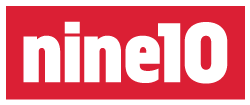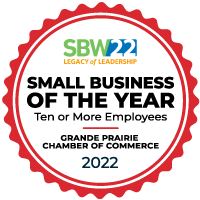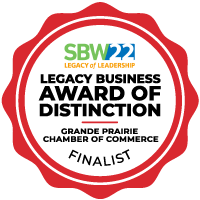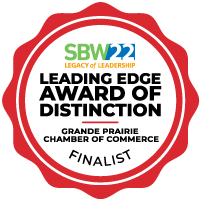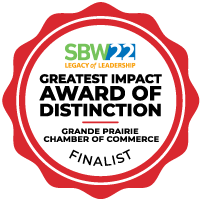There’s a little bit of a debate on whether Pay-Per-Click (PPC) advertising mediums, such as Google AdWords, count as Inbound Marketing. According to HubSpot (who practically created the Inbound Marketing industry), it is not. I disagree with this viewpoint and feel that certain types of PPC advertising—such as search-based pay-per-click—qualify as Inbound Marketing. Here are my reasons why.
The Purist Viewpoint
Like most any profession, there will be a certain segment of people that are considered ‘purists’. These are the people that believe commercialism defiles artistic expression, that accepting sponsorships in education is sacrilege, and that the linux command-line is all you’ll ever need.
On the subject of whether PPC is considered a part of Inbound Marketing practices, HubSpot has taken a purist stance, and does not list PPC as part of the Inbound Marketing mix (although they do acknowledge its place in the overall toolbox for marketers.)
I disagree with this viewpoint, and to understand why, let’s dive a little into the semantics behind how Inbound Marketing is defined.
Semantics!
In its relatively short period of existence, Inbound Marketing has been referred to in a number of ways, and I’ve found that each label places focus on a different aspect of what makes it different from traditional marketing. And just like statistics, you can find the right labels to accentuate nearly any point of view you want.
Earned Media vs. Paid Media
One term I’ve heard for inbound marketing (and content marketing in general) is earned media. The idea behind earned media is that instead of paying to get the attention of potential customers, you earn it by providing free content that’s interesting and useful to them. In essence, it’s a pay-it-forward marketing plan. Give a little, get a little. Give a lot, get a lot.
Under this definition, PPC does not fit the bill, as the distinction hinges primarily on whether you pay for the media or not. I don’t agree that Inbound Marketing is purely distinguished by the absence of paid mediums in your marketing mix. Inbound Marketing is about a much bigger idea than that.
Also, make no mistake: Inbound Marketing costs money. No, you’re not paying to book space on a radio station or billboard, but it is time consuming to create and promote great content on a regular basis. Whether you pay an outside agency to handle it or do it yourself, it’s going to cost you money.
So even though “earned media” is an eloquent phrase for inbound and content marketing, I fear it’s not entirely truthful or representative of the full concept behind it.
Interruption Marketing vs. Permission Marketing
One way of defining Inbound Marketing is by placing a label on everything it’s not. Interruption Marketing is often the label given to traditional or paid media to contrast it to how Inbound Marketing works. It has been labelled interruption marketing because most advertising tries to interrupt people from what they’re doing in order to deliver a message. We’re watching a great show and it’s interrupted by a commercial. Or we’re going for a nice Sunday drive, and our beautiful view of the mountains is interrupted by a billboard. You get the idea.
Permission Marketing, on the other hand, is where you do not market to customers until they give you permission to. One example is a customer signing up voluntarily for your email newsletter. Another example may be a customer requesting a catalog from a mail order company. In both of these cases, the customer is giving you permission to market to them. They want to hear what you have to say and are interested in your products and services.
This distinction comes much closer to the heart of what Inbound Marketing is about, but does not disqualify search-based PPC as a valid Inbound Marketing medium. This is under the condition that the ads you create are relevant to the search terms and genuinely helpful to the customer. If this is the case, then the ads are not an interruption. The customer is in need of something and you are presenting them with a solution. The act of searching itself is providing you permission to market to them.
A More Holistic View of Inbound Marketing
In my view, Inbound Marketing is based around a simple concept: There are people out there right now who need what you do. Inbound Marketing serves to (a) make sure they find you, and (b) make sure they like you. If both of these happen, your chances of landing a sale skyrocket. If you look at Inbound Marketing from this perspective, you’ll realize that it can span beyond even the reaches of even the Internet.
“Being Found” is a Media-Neutral Activity
The idea of being found embraces the principles of permission marketing by specifying that the customers find you—you don’t go chasing after them or get in their face without their permission. It does not make the distinction, however, whether you have paid to be where they are looking, or whether they find you online or offline.
What’s interesting about this concept is that it can expand beyond the boundaries of the Internet. Under the pure definition of permission marketing, even the Yellow Pages qualify as an Inbound Marketing medium. By opening the book and looking for your services, customers are giving the advertisers permission to market to them. A shopping mall is another example that could fall under this definition of Inbound Marketing. By grouping businesses together in an enclosed space, customers must voluntarily choose to find the businesses that are inside, and the businesses are situating themselves so they can be easily found. Thus by definition alone, some off-line mediums are not necessarily disqualified from the Inbound Marketing mix.
Search-based PPC, under this view, is a perfectly legitimate Inbound Marketing method, as long as the ads are relevant and helpful to the user’s search.
What Kind of PPC is NOT Inbound Marketing?
One caveat is that not all PPC services qualify under this definition. Throughout this article, I have been referring to search-based PPC services, such as the Google AdWords Search Network. But PPC is a broad term that refers to any ad that you pay for each time a user clicks on it. It does not necessarily require that the ad is displayed in response to a user choosing to find the information.
Under the definitions of permission marketing, display advertising (such as Google’s Display Network) do NOT qualify as Inbound Marketing, because they interrupt customers surfing the web with ads. Facebook Advertising is also an interruption-based PPC medium. It displays ads alongside user’s profiles and conversations, interrupting you from what you are doing.
Google AdWords PPC Can Teach You Better Inbound Marketing Practices
As a PPC medium, the Google AdWords Search Network not only qualifies as Inbound Marketing, it has mechanisms in place to ensure that marketers are embracing its best practices. Recent advances in the system such as the Quality Score make it increasingly difficult for advertisers to use Google AdWords for interruption-based marketing. They scan the content of the ad and even the web page it points to and gauges how relevant everything is to the user’s search. If the advertiser’s ad or page isn’t very relevant to the search terms, in many cases the ads won’t show at all. These mechanisms not only ensure the ads are more helpful to customers, they teach online marketers the importance of being relevant, honest, and focused. All of which are essential to success in online marketing.
Conclusion
For the reasons above, I would argue that search-based PPC systems not only count as Inbound Marketing, they can teach marketers how to be better at it. That’s why our agency has always considered PPC to be an integral part of the Inbound Marketing mix, and why it’s OK for yours to as well.
